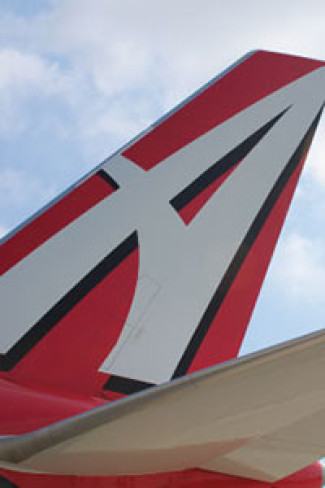Raising the Bar
We all knew that most would not be hired without considerable experience beyond the minimums but occasionally some were hired. One day a well dressed woman entered class and tapped a fellow student in the shoulder. She got up, took her books and we never saw her again. Later we discovered that she was hired by United Airlines and didn't even finish her degree. She had flown a DC-3 the previous summer and had over 500 hours of total time - a hot prospect in those days. My personal mentor was a guy from the old neighborhood who was about six years older than me, and I watched him progress from towing gliders at the local airport to flying as an Alaska bush pilot. At 1200 hours he was hired by Cascade Airlines to fly a Cessna 402 around the state of Washington. Like clock work once he reached 2200 hours of total time and 1000 hours of piston multi engine pilot in command time he was hired by Alaska Airlines.
Throughout the years, pilot minimums have slowly crept up. United eventually bumped up to 500 hour minimum and eventually added a $25 application fee. In 1995 Alaska Airlines moved to a 750 hour piston multi engine minimum with a college degree was preferred. I knew well what these companies were doing since I spent countless hours pecking away at an old type writer on seven page applications and filling in bubbles with a number two pencil. In the late 1990s the regionals had arrived and turbine time first appeared on the growing list of employer expectations. My first run in with it was a 500 hour turbine minimum on a FedEx application. Not PIC just 500 hours in any turbine plane as captain or first officer. Southwest Airlines broke with tradition and as everyone knows requires a 737 type rating. As time goes by the bar for being blessed with the privilege of having your information glanced at before being sent to the round file - keeps moving upwards. The country today is saturated with regionals, commuters, turbine cargo airlines and executive jet time share companies. There is a growing sea of highly experienced pilots that are eager to move on to the next level. Airlines don't really need so much experience, but have to limit the landslide of paper somehow, so the requirements keep rising.
Recently the chief pilot of Alaska Airlines announced a new level of entry requirements. From what I read it seems that the company now will be discounting any turbine time in aircraft under 12,500 pounds gross weight. Those of you with Alaska Airlines aspirations might be wasting your time breaking in a left seat in a Kingair, Turbine Commander or similar category aircraft. It would follow that the next step will be to eliminate flight experience in smaller turbine planes all together. Apparently employers are in an enviable position of custom ordering applicants they wish to put on file.
It takes many more years of experience to reach these increasing minimums. The average age for new hires at the majors has risen from the mid-twenties to upper thirties and perhaps now low forties. My generation was hired long before the 1000 hour PIC requirement. Many who have invested the last seven years or so in the right seat at a major airline and are now are furloughed are worthless on the job market. The only choice that they have is to get in line at a growing regional airline and hope that they reach marketability before they are too old.
In the near future I expect to see other hiring airlines to follow suit. I wouldn't be surprised to see a 2000 hour turbine 121 PIC requirement soon. Perhaps only Captain Regional Jet time will be on the good list. The question begs to be asked how can one combat these rapidly changing minimums? How can a pilot predict the future and have time enough to prepare for it? The only solution I can reach is to shoot for the moon and hope you are in fashion when your time comes. The best clue to the future rests in studying the past. Expectations should be set for a long road. Pilots need to decide for themselves what that future will hold and prepare accordingly.
By SkyHigh
-

Piedmont Airlines 10/31/2024
-

AVELO AIRLINES 10/29/2024
-

Allegiant Air 10/28/2024
-

Air Wisconsin 10/23/2024
-

ABX Air 10/11/2024
 AIRLINE PILOT CENTRAL
AIRLINE PILOT CENTRAL